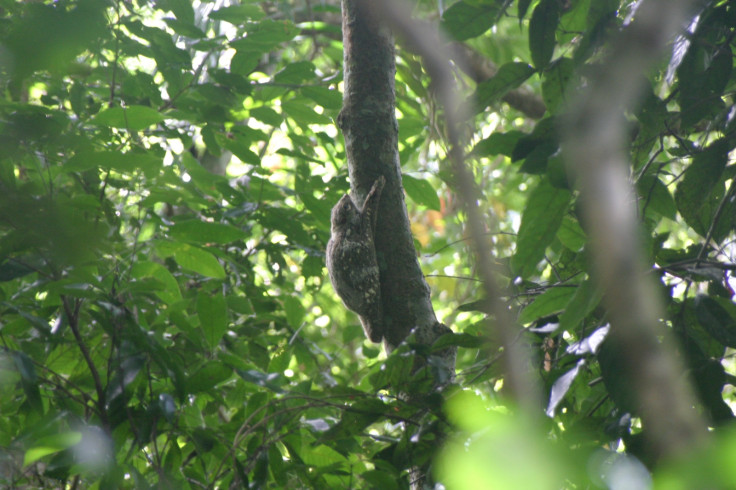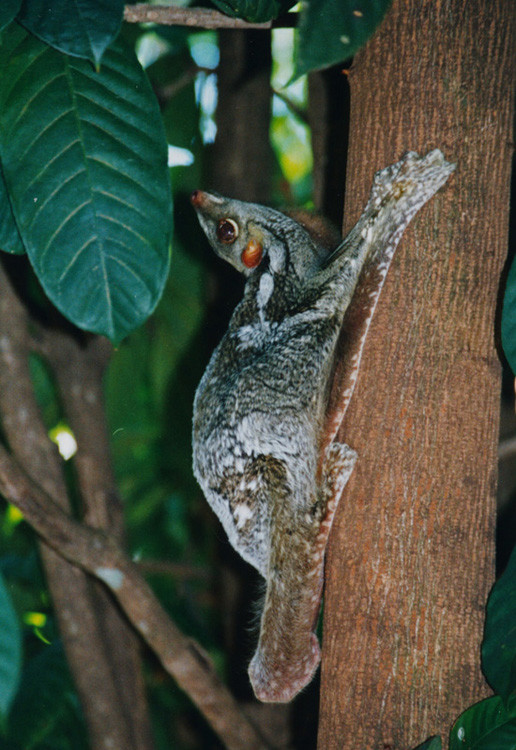Oldest HIV-related virus ever identified is 60-million-years-old
The virus was identified in the genome of a lemur known as Malayan colugo.

Scientists have uncovered the oldest HIV-related lentivirus ever identified, dating back 60 million years. The discovery could provide clues about the evolutionary origins of this group of viruses and improve scientific knowledge regarding the modern diseases that they cause.
Lentiviruses – a genus from the retrovirus family, known as lentiviruses – are responsible for many epidemics among humans and animals. HIV, which can cause people to develop AIDS, is perhaps the best known example.
However, it has emerged relatively recently so many interrogations remain regarding how it originated and evolved. Studying lentiviruses from the past and present in other species could solve part of these mysteries.
Until recently, the oldest known lentiviral lineages had been identified in lemurs, rabbits and ferrets, dating back to between 3 and 12 million years ago.
In previous work, the researchers had shown that a type of lentivirus called ELVgv was found in the genome of an arboreal mammal species known as Malayan colugo or exotic Malayan flying lemur.
In the study, published in Molecular Biology and Evolution, the scientists retrace the evolution of this virus, uncovering the date it probably invaded its hosts. By studying an endogenous form of the virus, directly integrated to the genome the Malayan colugo, they were also able to see what the lentivirus looked like millions of years ago.
"In biology, you understand any system better by knowing about its evolution. It was known for a long time that retroviruses in general can integrate into the genome of the host germline – the sperm or oocytes or their precursors – and start to be inherited from generation to generation just like any other genes", lead author Daniel Elleder told IBTimes UK.
"Once viruses become endogenous, they are subject to the mammalian mutation rate, which is very slow, so by looking at these endogenous copies, we can reconstruct how the lentivirus looked tens of millions of years ago, which would be impossible with regular exogenous virus".
As far back as 60 million years

The team analysed three samples of colugo genomic DNA containing lentiviral remnants, sequencing them to reconstruct ancient ELVgv viral genomes. The scientists also built an evolutionary tree showing the common ancestors of the Malayan colugo and other mammals.
This analysis suggests that the ELVgv lineage infected the ancestors of the Malayan colugo after their split from other mammalian orders. This is thought to have occurred more than 40 million years ago, and as early as 60 million years ago.
The scientists hope their study will improve current research on lentiviruses such as HIV, by providing new insight into their evolutionary history and how their hosts developed defences against them.
"With our research, we see how viruses change over long evolutionary time periods. Additionally, as viruses change, they also elicit changes in the hosts, by causing evolutionary pressure that selects host genetic variants best adapted to deal with the virus infection. We could detect signs of such evolutionary pressure in the colugo antiviral gene TRIM5. This could be very interesting, because this gene may also act against present day lentiviruses," Elleder says.
More research will now take place to go even further back in time and determine the common ancestor of all lentiviruses, which is believed to be much older.
© Copyright IBTimes 2025. All rights reserved.






















